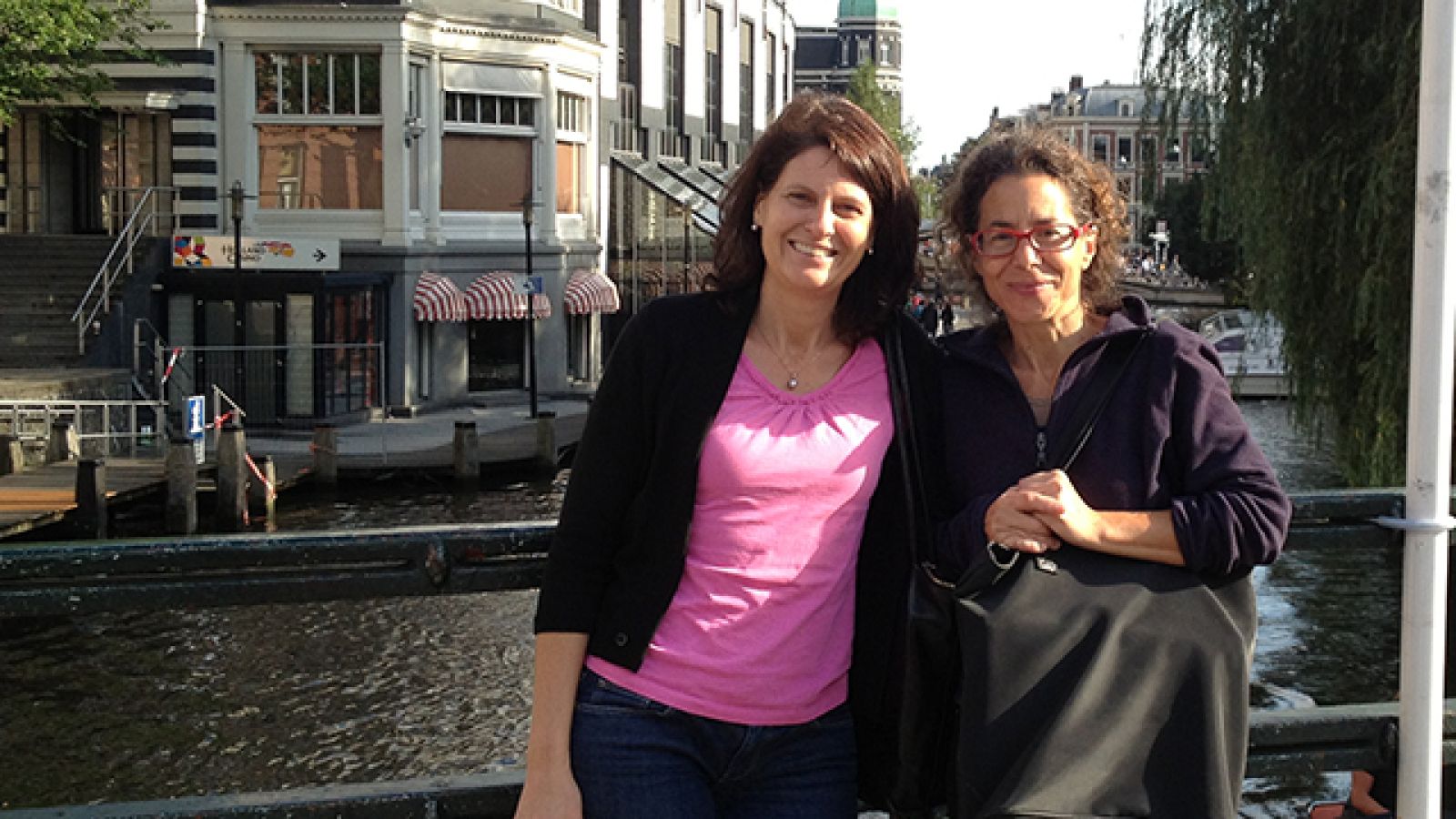“Spanglish” and other mixes not a given when languages collide

Professor Catherine Travis and Professor Rena Torres Cacoullos.
When two languages meet, do they create a “language sandwich”? Or do they result in one or both languages being changed irrevocably?
Linguists from The Australian National University and Pennsylvania State University may have found the answer.
“It’s generally assumed that if you have a community speaking more than one language, you will end up with some kind of mix—a Spanglish, Chinglish or Franglais, for example” says Professor Catherine Travis.
“But when you examine what is actually going on, this is not a foregone conclusion.”
Professor Travis, from the ANU School of Literature and Linguistics and a researcher in the Centre of Excellence for the Dynamics of Excellence (CoEDL), explains that the backbone to a language is grammar, or the way words are put together. If you change the grammar, you change the language. But this study of the oldest bilingual community in the United States has shown that the two spoken languages have each remained very much distinct.
They looked at northern New Mexico, where Spanish and English have been spoken for over 150 years. What they found was that the bilinguals there were adept at keeping their two languages separate, even while switching between them.
“The languages are connected, but not conflated,” says Professor Rena Torres Cacoullos, from Penn State.
“People can incorporate words from the other language, and switch back and forth between languages, but it need not impact on their grammars at all – it doesn’t necessarily change either language.”
Instead, they speak what one of the New Mexican bilinguals described as a “language sandwich”.
“That’s where ingredients from both languages are combined, but they are not blended — rather, they are stacked on top of each other, each internally intact,” Professor Travis says.
She adds: “People have worried about the shape of Spanish because of borrowings from English.”
“But English has masses of borrowings and that hasn’t affected the integrity of English. We’ve seen the same here for Spanish, and this has been demonstrated for other languages too.”
Professors Travis and Torres Cacoullos’ findings are detailed in a new book, Bilingualism in the Community, published by Cambridge University Press. You can also learn more on the CoEDL website.